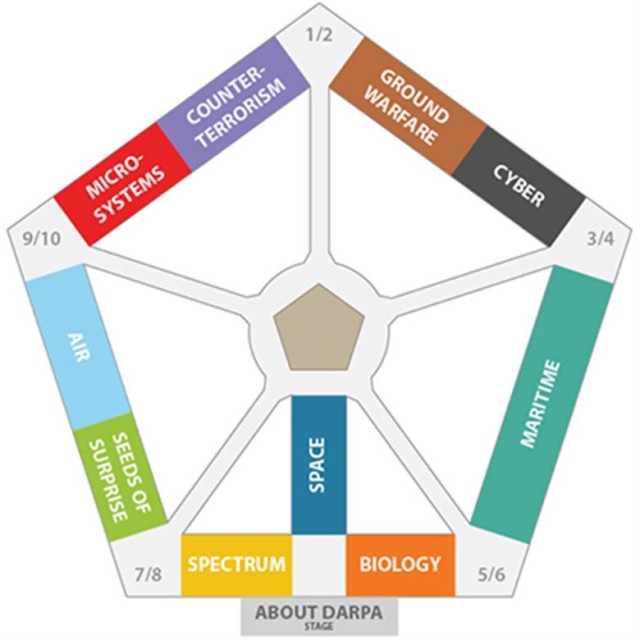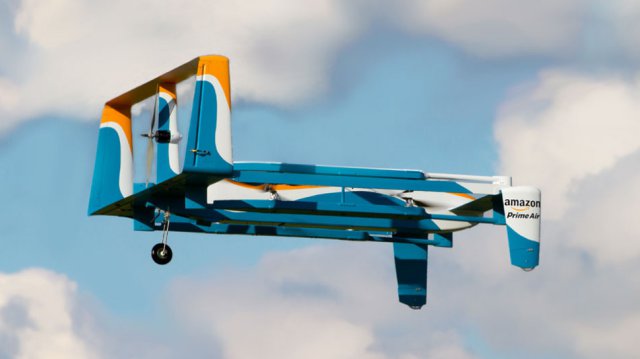The Defense Advanced Research Projects Agency yesterday hosted DARPA Demo Day 2016 at the Pentagon, giving the Defense Department community an up-close look at the agency’s portfolio of innovative technologies and military systems. Continue reading
Category Archives: Technology
Bomb-Sniffing Drone Technology
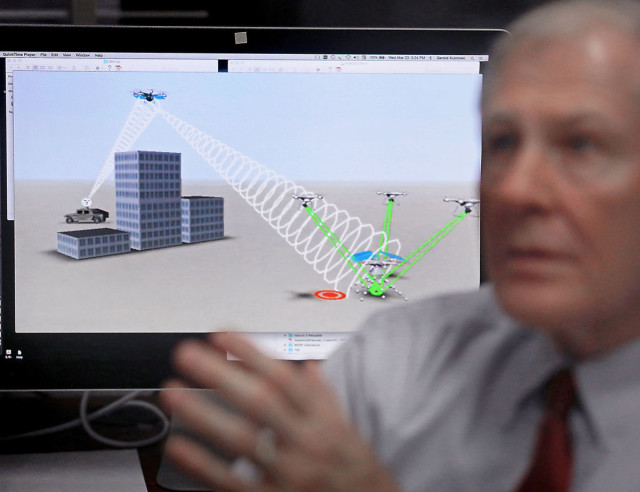
An animation of drone technology used to detect explosives is shown on a computer screen in the office of Jerry Kulcinski, emeritus professor of nuclear engineering and director of the Fusion Technology Lab.
Drones may soon have the capability to save thousands of lives each year by detecting terrorists’ improvised explosive devices and active land mines from long-ago wars thanks to innovative technology developed at UW-Madison. Continue reading
Award for Drone Noise Reduction Technology
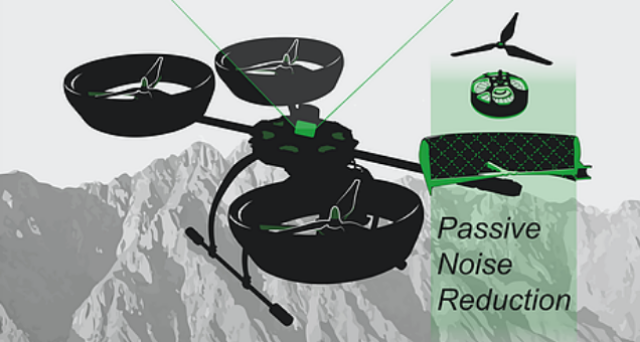 New Zealand startup Dotterel Technologies has won an innovation award for its noise-reducing drone technology at the 2016 NAB Show, the world’s largest annual convention to launch innovative products to key influencers in media, entertainment and technology. Continue reading
New Zealand startup Dotterel Technologies has won an innovation award for its noise-reducing drone technology at the 2016 NAB Show, the world’s largest annual convention to launch innovative products to key influencers in media, entertainment and technology. Continue reading
DARPA XS-1 Program Enters Phase 2
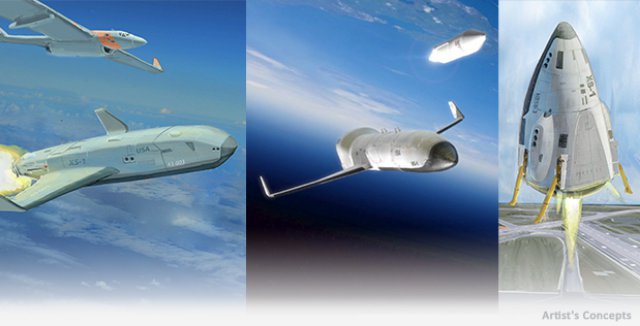 In an era of declining budgets and adversaries’ evolving capabilities, quick, affordable and routine access to space is increasingly critical for both national and economic security. Current satellite launch systems, however, require scheduling years in advance for an extremely limited inventory of available slots. Moreover, launches often cost hundreds of millions of dollars each, due in large part to the massive amounts of dedicated infrastructure and large number of personnel required. DARPA created its Experimental Spaceplane (XS-1) program to help overcome these challenges and create a new paradigm for more routine, responsive and affordable space operations, reducing the time to get capabilities to space.
In an era of declining budgets and adversaries’ evolving capabilities, quick, affordable and routine access to space is increasingly critical for both national and economic security. Current satellite launch systems, however, require scheduling years in advance for an extremely limited inventory of available slots. Moreover, launches often cost hundreds of millions of dollars each, due in large part to the massive amounts of dedicated infrastructure and large number of personnel required. DARPA created its Experimental Spaceplane (XS-1) program to help overcome these challenges and create a new paradigm for more routine, responsive and affordable space operations, reducing the time to get capabilities to space.
Amazon Drone Patent for Propeller Warnings
Non-GPS Autonomous Aerial Delivery
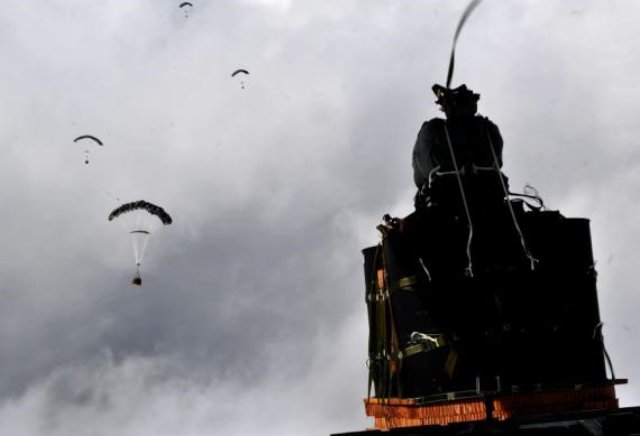
The U.S. Army’s Joint Precision Airdrop System (JPADS) has developed a new capability with a navigation alternative to GPS. In recent tests, JPADS were dropped from planes, and immediately determined their location using optical sensors to compare local terrain with commercial satellite imagery. The new system demonstrated navigation to its intended point, using nothing but imagery to guide it. Continue reading
Antimatter Space Propulsion Possible within a Decade
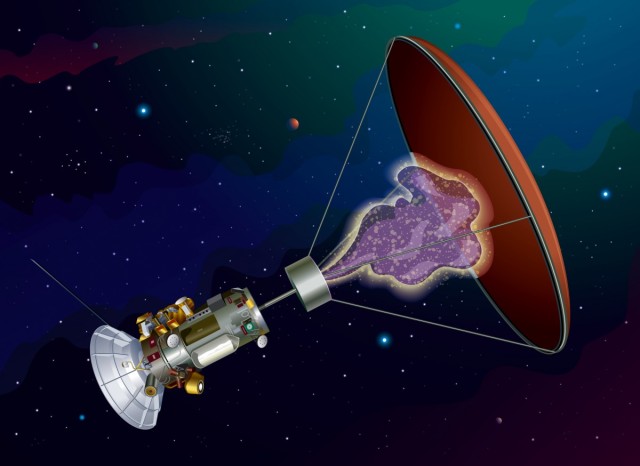 Dreams of antimatter space propulsion are closer to reality than most rocket scientists could ever imagine, says former Fermilab physicist Gerald Jackson. In fact, if money were no object, he says an antimatter-driven spacecraft prototype could be tested within a decade. To that end, next month, Jackson and his Chicago-based Hbar Technologies firm are launching a $200,000 Kickstarter campaign to crowdfund the next phase of its antimatter propulsion research.
Dreams of antimatter space propulsion are closer to reality than most rocket scientists could ever imagine, says former Fermilab physicist Gerald Jackson. In fact, if money were no object, he says an antimatter-driven spacecraft prototype could be tested within a decade. To that end, next month, Jackson and his Chicago-based Hbar Technologies firm are launching a $200,000 Kickstarter campaign to crowdfund the next phase of its antimatter propulsion research.
SensorTape Unrolls New Sensor Deployment Possibilities
MIT Media Labs has made sensor deployment as easy as unraveling a strip of tape from your toolkit. They’ve developed SensorTape, an unroll-able, deployable network of interconnected IMU and proximity sensors packaged in a familiar form factor of a roll of masking tape. Continue reading

